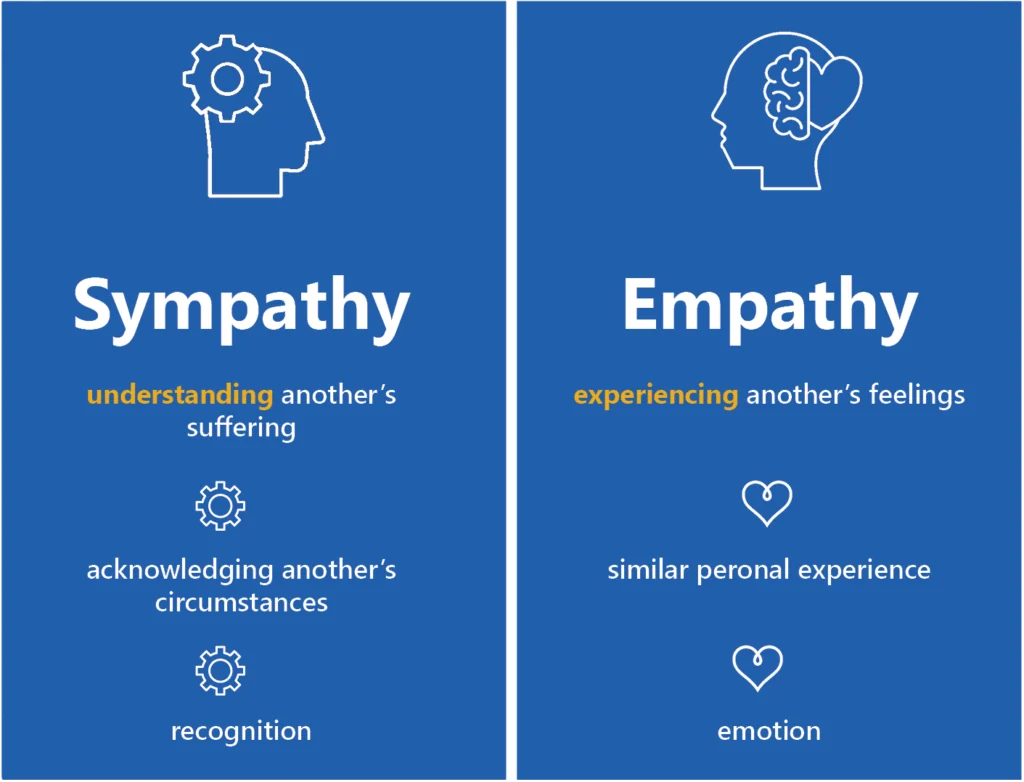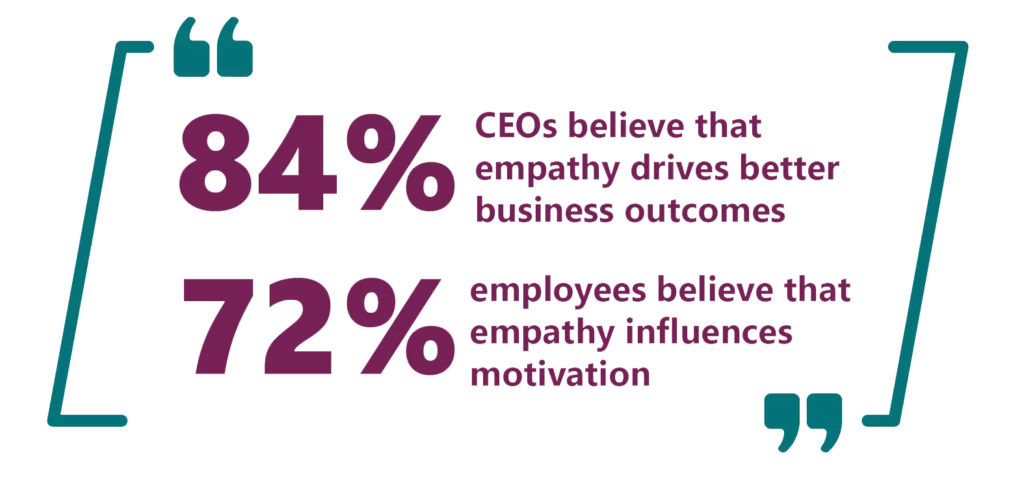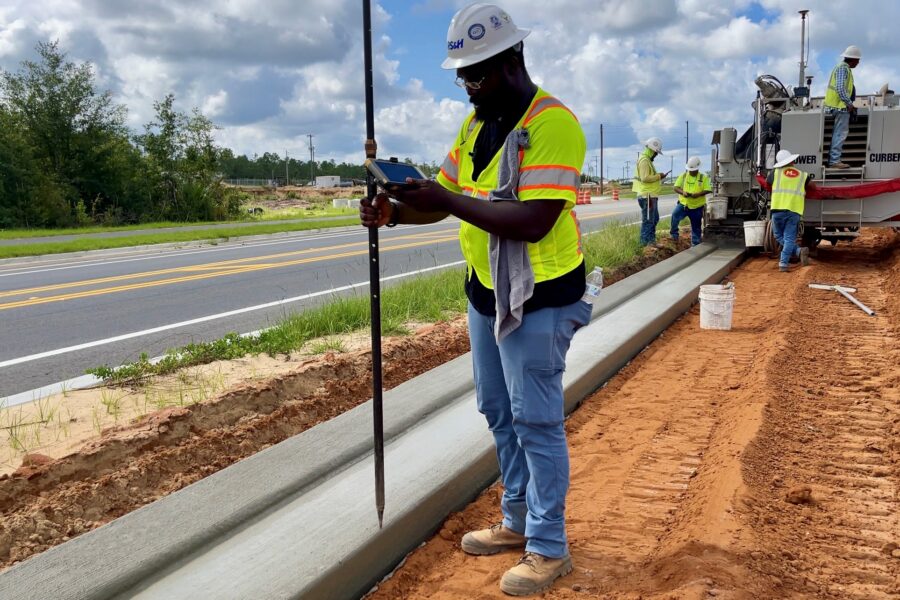Mental Health in the AEC – Sympathy vs Empathy

When someone you know, whether it’s a family member, friend, or colleague, is facing a challenging period, it can be hard to decide on the most suitable approach to provide support. Should you offer them comforting words? Should you relate your own struggles? Or should you gently transition away from the topic, hoping they, too, can move forward?
In 2017 alone, nearly 38,000 persons of working age (16-64 years) in the United States died by suicide, which is a startling 40% increase from a study taken two decades earlier. The COVID-19 pandemic saw suicide rates rise again after steadily declining between 2000-2018, bringing suicide rates almost back to their 2018 peak. Amongst suicide rates in the United States, male construction workers were included in the five highest industry-rate suicides.
So, how can we address these statistics within our circle of family, friends, and colleagues? It starts with understanding the difference between sympathy and empathy and recognizing how these concepts can foster meaningful connections.
What is Sympathy?
According to the Merriam-Webster dictionary, sympathy is “a feeling of sincere concern for someone experiencing something difficult or painful.” It can entail feelings of “pity” or “sorrow.” While sympathy can be valuable when accompanied by warmth and genuine support, it can sometimes create an emotional barrier between you and the person in distress. Sympathy involves acknowledging the needs and suffering of others yet maintaining a certain level of detachment.
What is Empathy?
The Merriam-Webster dictionary defines empathy as “the action of understanding, being aware of, being sensitive to, and vicariously experiencing the feelings, thoughts, and experience of another.” Empathy fosters a collective understanding that cultivates acceptance and establishes an emotional bond. It enables individuals to feel truly understood and conveys a sincere effort to “put yourself in someone else’s shoes.”
Expressing Empathy in the AEC Industry
In the AEC industry, technical solutions are our best friends. We speak the language of facts, figures, and statistics, but sometimes we forget that an effective client relationship requires a genuine human connection. Using empathy can help form a deeper connection with your clients by addressing their specific challenges and offering personalized solutions. Empathy can be useful to bring humanity into written projects, creating a story that clients and stakeholders can connect with.
Using Empathy to Become a Better Leader
According to a study from Businesssolver, 84% of CEOs believe that empathy drives better business outcomes and 72% of employees believe that empathy influences motivation. Therefore, it stands to reason that being a more empathetic business leader will produce better business outcomes. There’s no need to fear if you know little about being empathic in the workplace. Empathy can be practiced and learned through exercises such as getting to know people outside your current social group, becoming more actively involved in your community, and practicing open communication.
When it comes to both your personal life and your position in the workplace, it can be crucial to discern the difference between sympathy and empathy. By expressing sympathy, you extend a kind gesture, but the person in distress might not feel truly heard or understood. On the other hand, by expressing empathy, you are actively listening to the person’s pain and sharing their difficult thoughts, not trying to fix them. Regularly examining your capacity for empathy towards others’ suffering can make you a more supportive and compassionate individual, and by employing empathy in the business world, you can also increase worker satisfaction and company productivity.






